
Szentendre is a riverside town in Pest County, Hungary, between the capital city Budapest and Pilis-Visegrád Mountains. The town is known for its museums, galleries, and artists.
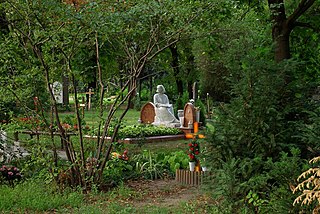
Kerepesi Cemetery is the most famous cemetery in Budapest. It is one of the oldest cemeteries in Hungary, and has been almost completely preserved.

The Liszt Ferenc Academy of Music is a music university and a concert hall in Budapest, Hungary, founded on November 14, 1875. It is home to the Liszt Collection, which features several valuable books and manuscripts donated by Franz Liszt upon his death, and the AVISO studio, a collaboration between the governments of Hungary and Japan to provide sound recording equipment and training for students. The Liszt Ferenc Academy of Music was founded by Franz Liszt himself.
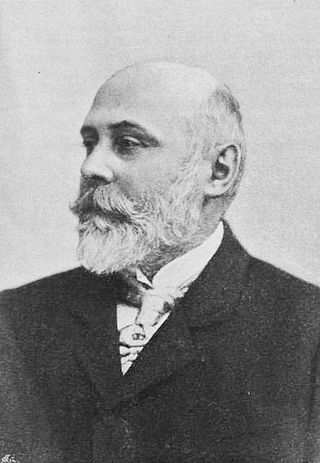
Ödön Lechner was a Hungarian architect, one of the prime representatives of the Hungarian Szecesszió style, which was related to Art Nouveau in the rest of Europe, including the Vienna Secession. He is famous for decorating his buildings with Zsolnay tile patterns inspired by old Magyar and Turkic folk art, which are combined with modern materials such as iron.
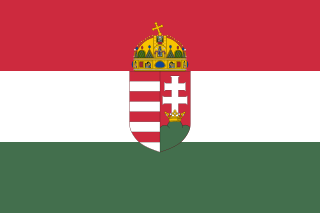
The Kingdom of Hungary competed at the 1936 Summer Olympics in Berlin, Germany. 216 competitors, 197 men and 19 women, took part in 104 events in 21 sports.

Hungary competed at the 1960 Summer Olympics in Rome, Italy. 184 competitors, 157 men and 27 women, took part in 107 events in 18 sports.
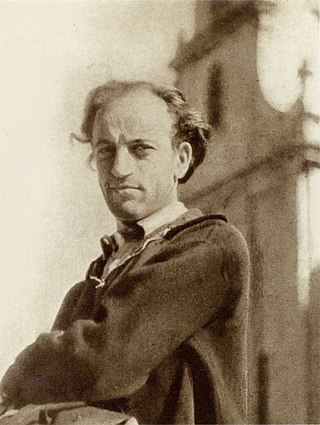
Lajos Vajda was a Hungarian painter and graphic artist. From 1927 to 1930 he was a student of István Csók at the Royal Academy of Fine Arts.

János Thorma was a Hungarian painter. A representative figure of the Nagybánya artists' colony, which started in 1896, in Nagybánya, Austria-Hungary, He moved through different styles, shifted from the naturalism that was the aesthetic of the colony, to historical subjects, to romantic realism and to a Post-Impressionism style. His work is held by the Hungarian National Gallery, the Thorma János Múzeum, regional museums and private collectors.
The Hungarian Fencing Federation is the national organization for fencing in Hungary. It was founded in 1914 and has been affiliated to the International Fencing Federation since 1917. Its headquarters is in Budapest.
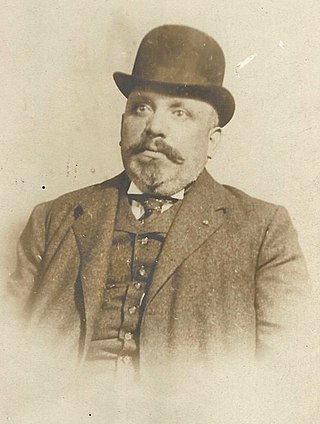
Eugen Fischer de Farkasházy was a Hungarian porcelain factory owner, ceramics, art history writing. His brother, Dr. farkasházi Zsigmond Farkasházy (1874–1928), was a former politician, journalist, MP, lawyer.

The Hungarian pavilion houses Hungary's national representation during the Venice Biennale arts festivals.

The Faculty of Law of Eötvös Loránd University was founded in 1667 and it is located in Egyetem tér in Belváros-Lipótváros, Budapest, Hungary.



















